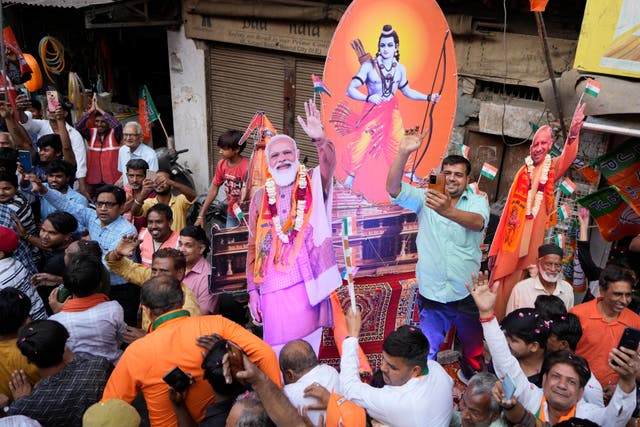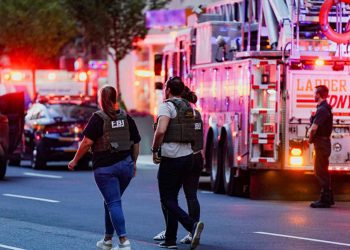NEW DELHI: Animated videos, termed as hate campaign against Muslims, circulated by Prime Minister Narendra Modi’s Bharatiya Janata Party (BJP) have sparked controversy and outcry, amplifying tensions within India’s political landscape during the ongoing six-week election period.
These videos, disseminated on Instagram and other platforms over the past ten days, depict the opposition Congress party as favoring the Muslim community over disadvantaged tribal and Hindu caste groups. One of these videos was removed from Instagram due to hate speech concerns raised by users. However, despite its removal, the animated clip continues to circulate widely on platforms like WhatsApp, illustrating the challenge of policing hate speech akin to a game of whack-a-mole.
The central theme of the video is to portray the Congress party, led by Rahul Gandhi, as catering excessively to Muslims, thereby consolidating Modi’s use of derogatory stereotypes against Muslims while undermining the Congress. This is symbolically conveyed through an animated Rahul Gandhi holding up the Congress 2024 election manifesto, which transforms into the crescent moon-and-star symbol reminiscent of the pre-independence Muslim League that led to the formation of Pakistan.

For the BJP’s Hindu nationalist supporters, the imagery of the Pakistani flag’s emblem and colors is unmistakable, positioning the Congress as a party appeasing Muslims. This narrative, though lacking factual basis, aligns with the BJP’s standard rhetoric.
In a campaign speech, Modi falsely claimed that the Congress manifesto pledges to seize gold jewelry from Hindu households and redistribute it to Muslims, further stoking communal tensions.
The videos perpetuate stereotypical depictions of Hindus and Muslims. Indian Muslims are referred to as “infiltrators” by Modi, portraying them as invaders clad in medieval armor, while Hindus are portrayed as victims, despite comprising 80% of the population in a democratic nation.
It is worth mentioning that the video depicts Hindu women as the archetype of victimhood, represented not as modern individuals but as ancient princesses reminiscent of characters from Hindu mythological epics like the “Mahabharata” and “Ramayana,” familiar to Indians from childhood comic books.



































